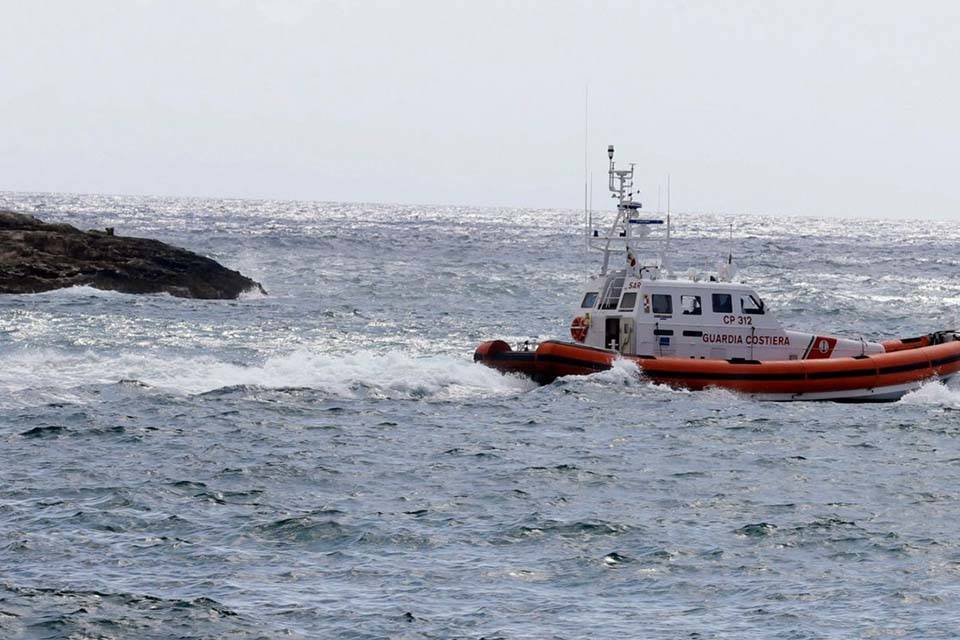The emblematic photographic publication Dulce Equis Negra has just published “Francoise and Bernard”, a unique and beautiful book that brings together photos and texts from 30 photographers, writers and painters from three continents around the figure of the great French photographer Francois Nuñez, passed away a year ago, and of the French master of photography Bernard Plossucompanions of life and art.
She was the one who revealed the images he took: a tour of love -filial, romantic, fraternal- “supported by an attempt to reformulate the relationship with physical death”, says to Telam the editor Marcos Adandía.
“The book works like a hug, a meeting of dear people explains Adandía. He came to the aid of a friend, who is Bernard. Francoise died of a very rapid illness, last December 23, she was 64 years old, it was almost instinctive to take up the movement and make this book with friends. It was all very dizzying, when I spoke to him in January, he was still hoping to find her somewhere in the house, it was more than 40 years of living together.
But also, “it was an attempt to reformulate the relationship with physical death, to be strengthened in councilswords and looks that propose that death is a continuity, a different form of the spirit, and since one truly does not know what it is about, for some time now I have been trying to strengthen the feeling that it is sothat to die is to be born to another form of existence”, says the photographer born in Buenos Aires in 1964, director of the magazine that in 2005 took the title from one of the verses of “Juramento”, a poem from the book “A fire of unknown origin”, by Patti Smith.
This special issue, precisely, with a hardcover covered in rustic green cloth, opens with a quote by Nick Cave: “The tree of life is growing where the spirit never dies”, from the theme “Death is not the end”, something like as “death is not final”.
Born in 1945 in Vietnam, Plossu was essentially a travel photographer (California, Sahara, Mexico, Nevada, Niger, India), is part of the select group of “masters” of the History of photography. It seems, like Francoise (1957-2021), photograph the invisible. The approach to photography in both was similar: “walking through life coming across energies that called them, something very distant from photojournalism, if you want, which goes out to look for a certain objective,” says Adandía.
Unlike most, including Francoise, “Plossu dispenses with aesthetic notions of light, he is a Mediterranean photographer who works with the high lights of midday in a way almost the opposite of how most photographers generally see it; she seems to photograph evocations of something, not the thing itself, she uses light and forms in a very bare and poetic way – she describes – In her photography you will find something darker, more nocturnal. They choose different moments to work And at the same time she was doing the laboratory for Bernard, which gives it extra importance.”
“She was trained as a photographer in the light of Bernard and it is difficult to separate from such a marked imprint, she spent years copying and copying photos of him, a very important job within analog photography because in the laboratory the intention is finished, a direction of what it is that is being said. Somehow they go through a photographic look that is very twinned, very close”, indicates the editor.
Plusso recounted more than once that his way of understanding photography was born from childhood stimuli, for him it was necessary to look for details that would recreate the world as he first saw it. “Each author has his own way -says Adandía-, in general Bernard’s photography is very luminous and light as a caress. Perhaps she had a load of pain”.
“What is photography if not this rebound of a gaze on things and their transformation from matter to interiority -writes the sociologist David Le Breton-. In Francoise Nuñez, the image is not very far from target shooting or karate, it is a practice of insouciance precisely because of the profound continuity of the gaze and of the world” she realizes “the continuity of things and their continuous change. It is not necessary to grasp the world that lasts, but what happens, because everything is metamorphosis”.

It is not a question, in her image, of imposing a point of view on the object, assumes Le Breton in the text he wrote for this issue of Dulce Equis, it is not a question for Francoise “of stopping it by force”, but of being part of its movement”. “Something of the fire is present in the unfinished gestures”, in those images “that only retain the brilliance”.
How was the book put together? “For almost a year we have been receiving material -Adandía account-. Bernard was suggesting me and contacting the authors. We received a lot because they did not know exactly what to send, it is the material that each one counted on and with which he felt they could be associated with this purpose. People from Australia, France, Spain, the United States, Brazil, England, photographers, painters and writers from lots of places.”
Very different material, unconnected, of different slopes and shape, “For a long time I thought that I was not going to know how to amalgamate all that, how to find the discourse or the route”, says the editor.
“Little by little things settled down, there were texts that were basting everything together, going through the book from beginning to end. The texts that came from outside refer mostly to François’s work and in some cases to Bernard’s photos. Once I had something put together, a sketch, we talked a lot with the writer Florencia Wlafischwolfish about the idea. Basically the journey was love and we worked on it, essentially images with open texts”, she describes.
There are many who participated daughter, son, friends, colleagues, friends, the young photographer and disciple of Nuñez, Melania Avanzato, for example. “In her silence and in her humility, Francoise was a great teacher, there are people who work like this, who teach from humility and silence, I think they are the best teachers,” says Adandía.
“Many people sent photos related to their family -grafica-, their way of being was to provide images of their loved ones, as a form of hug. In the space that remains within the hug is what one loves and much of what they sent It’s a bit like that.”
Photography, for him, “has that stubborn resistance value of remaining in the physical image or something energetic of things. It happens to you when you see images of loved ones who are no longer there and the formal logics get a bit complicated, they are Many things don’t run linearly, the structures we have standardized and machined into us are tabulations of a system that needs it that way for us to understand it, but Everything in the universe is circular, memory, time and remembrance too”, he says. And there is something of that in this book.
“Things can be in so many ways, according to each culture the relationship with death is different. Some cultures dance to it, others sing to it frequently to maintain the connection from one heart to another, from memory to another memory. And this book arrived a bit like that, to continue the embrace, the possibility of laughing, of continuing to seek complicity in this invisible that, after all, is a mystery, and that, for me, is close to the decision that we take the things that do better,” he concludes.



















